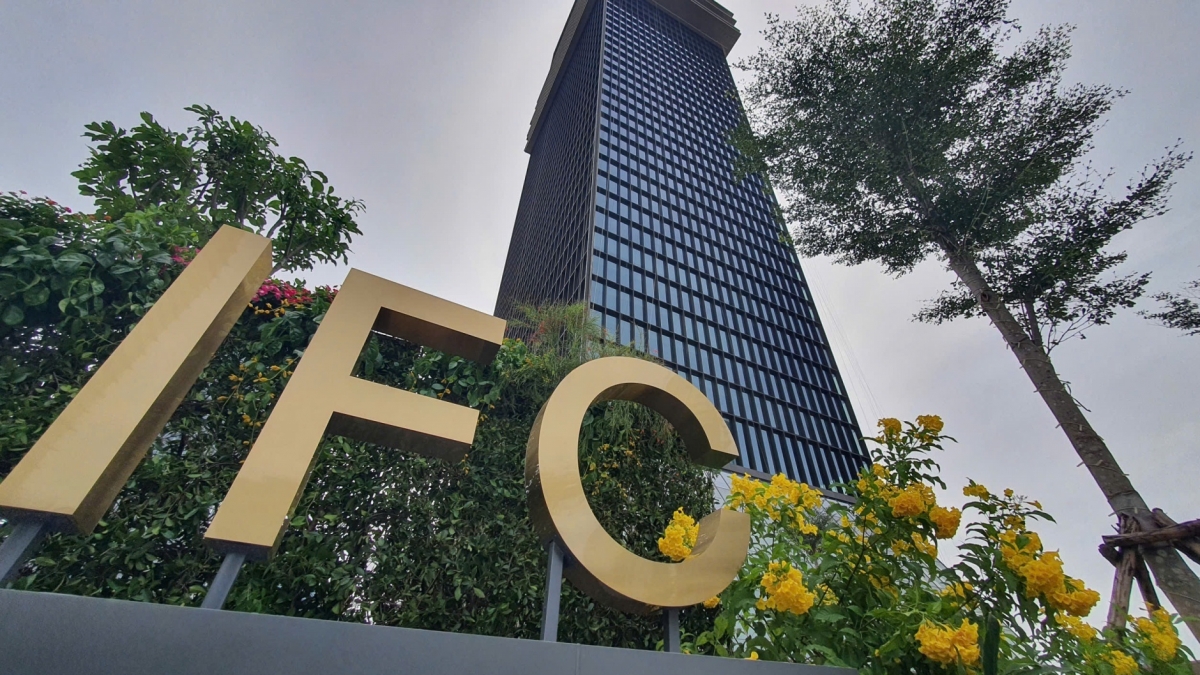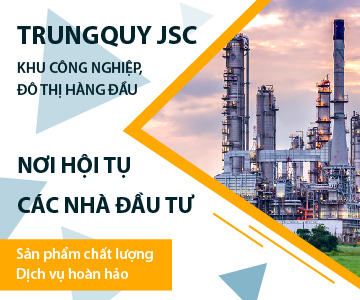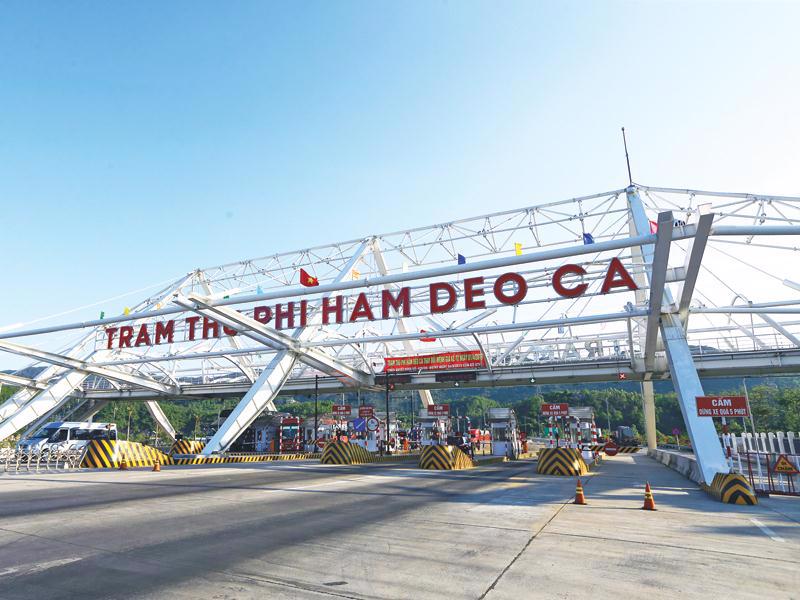INTERNATIONAL INVESTMENT
AND PORTAL
The country faces substantial financing needs for infrastructure, with obstacles related to procedures, risk allocation, and tolling mechanisms underscoring the demand for technical assistance and legal reforms. In recent years, the government has strengthened the legal and institutional frameworks for PPPs, clarifying the private sector’s role in addressing infrastructure gaps and improving public service delivery.
 Nguyen Thi Linh Giang, head of the PPP Office under the Public Procurement Agency, Ministry of Finance
Nguyen Thi Linh Giang, head of the PPP Office under the Public Procurement Agency, Ministry of Finance
At an event held on November 25 in Hanoi, Nguyen Thi Linh Giang, head of the PPP Office under the Public Procurement Agency, the Ministry of Finance, said that the 2020 PPP Law, together with amendments made in 2024 and 2025 and a system of guiding decrees, has created a unified legal foundation for effectively managing projects across multiple sectors.
Specifically, in 2025, Law No.90/2025/QH15 on PPP Law revision was approved. Since then, three decrees and several circulars have been issued this year, including Decree No.180/2025/ND-CP, Decree No.243/2025/ND-CP, and Decree No.257/2025/ND-CP.
She outlined several key features of the current PPP legal framework: the range of eligible investor sectors has been expanded to mobilise resources; investment size limits under PPP modalities have been removed; procedures for project preparation and investor selection have been simplified; powers have been decentralised and delegated; the cap on state capital participation in PPP projects has been increased; and provisions for Build-Transfer projects, including mechanisms to address premature contract termination, have been introduced.
“In 2025 alone, 15 projects have been approved and 50 are under preparation,” said Giang, highlighting the current implementation status of the PPP Law and a pipeline that includes transport (aviation, roads, seaports), IT, public amenities, water supply and drainage, wastewater treatment, solid-waste treatment, and healthcare.
Investment needs for transport infrastructure in 2026-2030 are estimated at nearly $120 billion. To meet this demand, mobilising capital through PPPs is essential.
Before the Law on PPP was enacted in 2020, Vietnam had mobilised about $12.7 billion to invest in 140 build-operate-transfer (BOT) transport projects.
Since the law took effect, the Ministry of Construction and localities have been implementing around 16 BOT projects with an estimated total investment of $17.6 billion. Of this, private investors are expected to mobilise around $9.2 billion, while the state contributes about $8.4 billion, at about 51 per cent of total investment.
To meet the goal of achieving 5,000km of expressways by 2030, as set out in the 13th Party Congress Resolution, the Ministry of Construction and localities are finalising procedures to upgrade and expand several expressway projects to full-scale standards through PPP. These include 18 sections of the Eastern North-South Expressway (1,144km) and several gateways to major urban centres.
The Directorate for Roads of Vietnam (DRVN) also identifies significant potential to commercialise state-funded public assets. Under the Road Law, toll collection is permitted on expressways invested in, owned, and managed by the state. Consequently, leveraging these expressways through PPP-based concession models covering toll collection, operations, and maintenance is considered a viable approach.
However, the DRVN reported that despite certain achievements, the investment climate for PPPs in the transport sector remains affected. BOT projects developed before the PPP Law still face legal inconsistencies. And adjustments to laws, policies, and planning based on evolving realities have created complications for several existing projects.
Given these challenges, the Ministry of Construction has proposed that the Asian Development Bank (ADB) support project preparation and strengthen financial viability. Specifically, they should provide manuals or share international experience on financial structuring, risk allocation, standard contracts, and revenue-sharing mechanisms; organise training courses and overseas study tours on PPP project preparation, appraisal, investor selection, and contract management.

At the conference, experts highlighted notable international PPP examples, including the Ninoy Aquino International Airport in the Philippines. The Philippine government sought to improve airport operations by expanding and modernising the facility under a rehabilitate-operate-expand-transfer model. The scheme mobilised $2.1 billion in private capital, increased annual passenger capacity to 62 million, and raised runway throughput from 42 to 48 movements per hour.
A representative of the Centre for National E-Procurement at the Public Procurement Agency presented Vietnam’s e-GP scheme as a case study of PPP-driven innovation in digital transformation. Launched nationwide in 2016, the system followed a master plan and roadmap for 2016–2025.
In 2020, a BOT contract was signed with FPT Information System to develop a new e-GP platform, aiming for all bidding packages – and at least 95 per cent of contract value – to be processed electronically from 2025 onward. The new system replaced the previous platform in 2022.
Since 2021, the updated e-GP system has been used for all domestic open tenders in goods and civil works. From 2023, the Asian Development Bank’s electronic bidding modules have been widely deployed for goods and civil-works packages, and the old system has been fully discontinued.
In the afternoon session, discussions focused on three priority areas: enhancing investor attractiveness for transport PPP projects; strengthening capital mobilisation for urban transport development under transit-oriented development models; and expanding PPP applications in digital transformation, innovation, and social infrastructure, including healthcare and education.
Experts explained that successful PPPs require robust project preparation, including careful structuring, risk allocation, and financial modelling, alongside improved transparency, standardised procedures, and financial mechanisms that make projects appealing to private investors.
 PPPs in science and technology pave way for private investment
PPPs in science and technology pave way for private investment
New mechanisms are opening up the door for the private sector in science and technology and digital transformation in the form of public-private partnerships (PPPs).
 PPP rules to power Vietnam’s innovation
PPP rules to power Vietnam’s innovation
Unprecedented regulations on public-private partnerships in the science and technology sector are expected to accelerate innovation and digital transformation across Vietnam’s business community.
 Regulatory tailwinds impact aviation PPPs
Regulatory tailwinds impact aviation PPPs
More opportunities are expected to open for private investors in the aviation sector as the country prepares to introduce regulatory support for a public–private mechanism, though further enhancements will be required.
 Vietnam moves into new phase of private-public collaboration
Vietnam moves into new phase of private-public collaboration
Public-private partnerships have been deemed vital in developing modern infrastructure, fostering innovation, and enhancing national competitiveness.


















